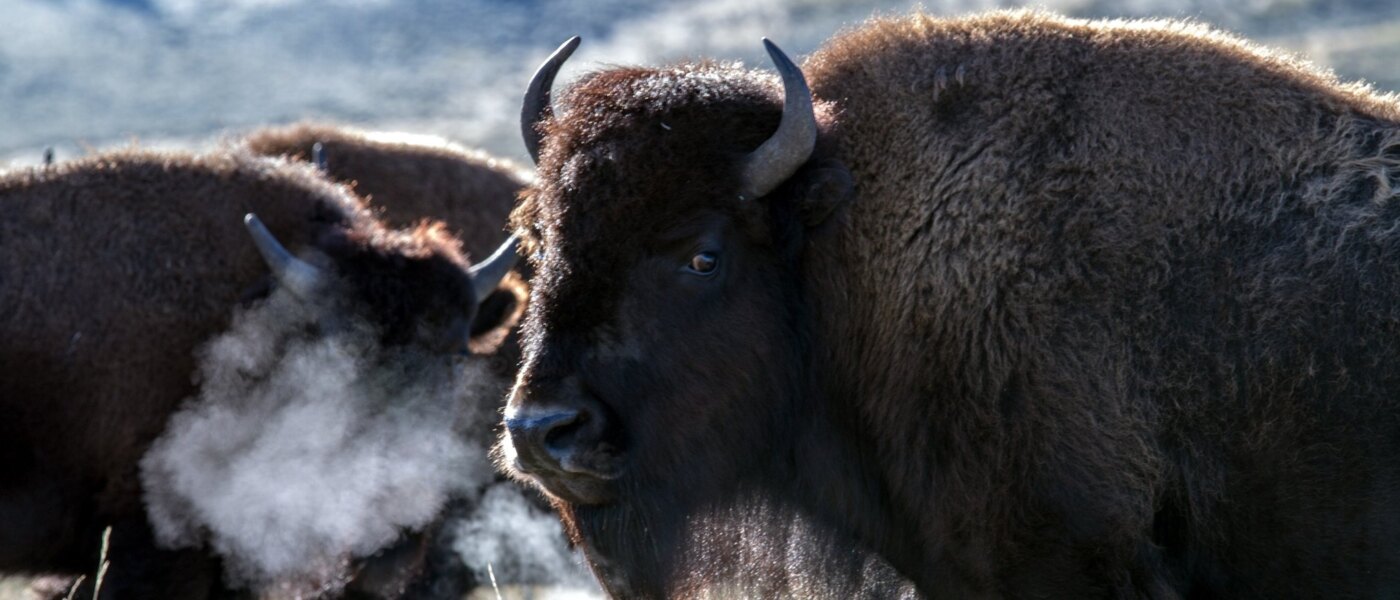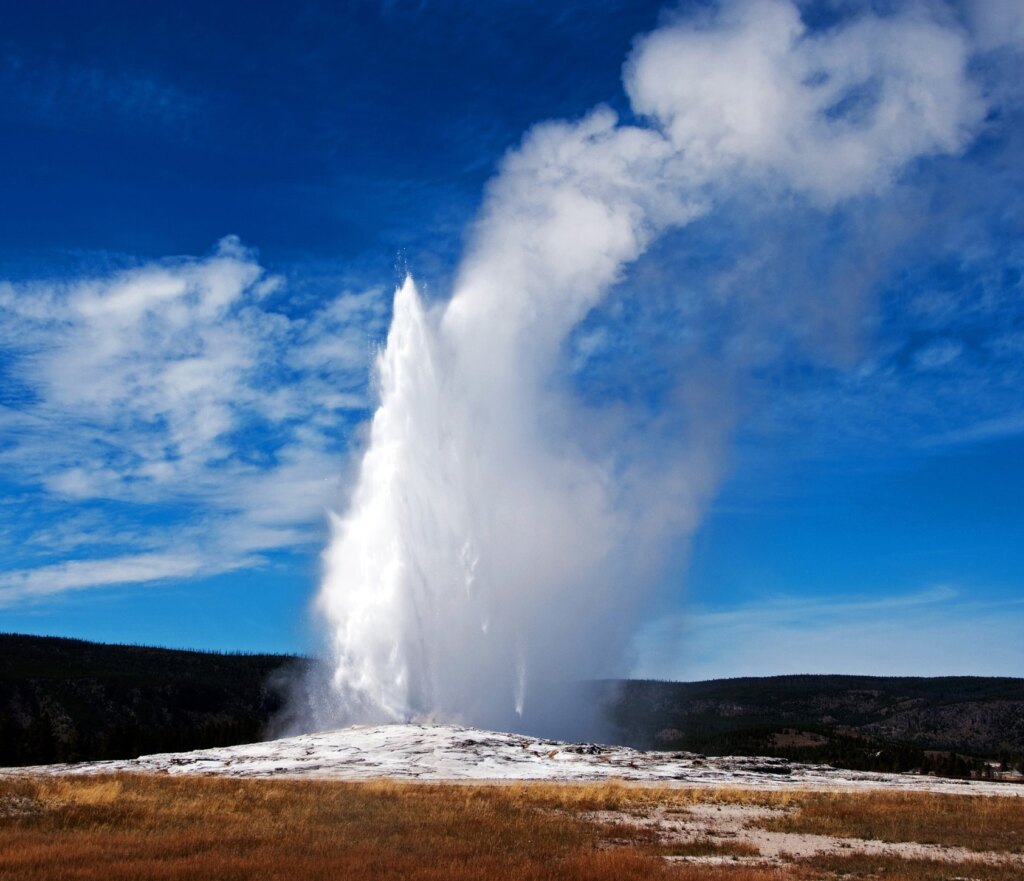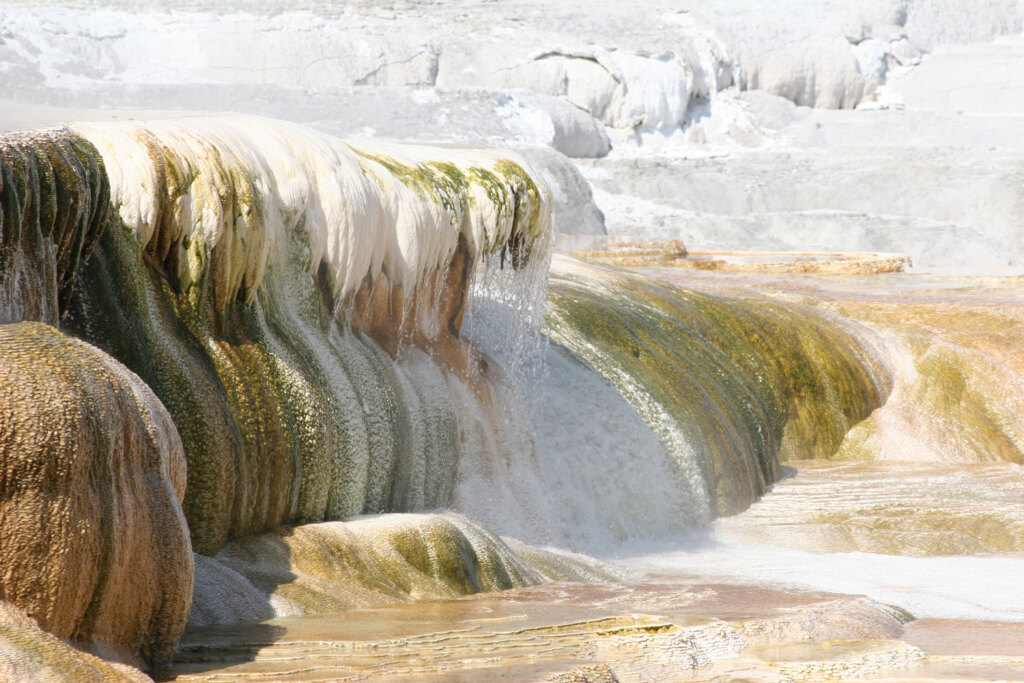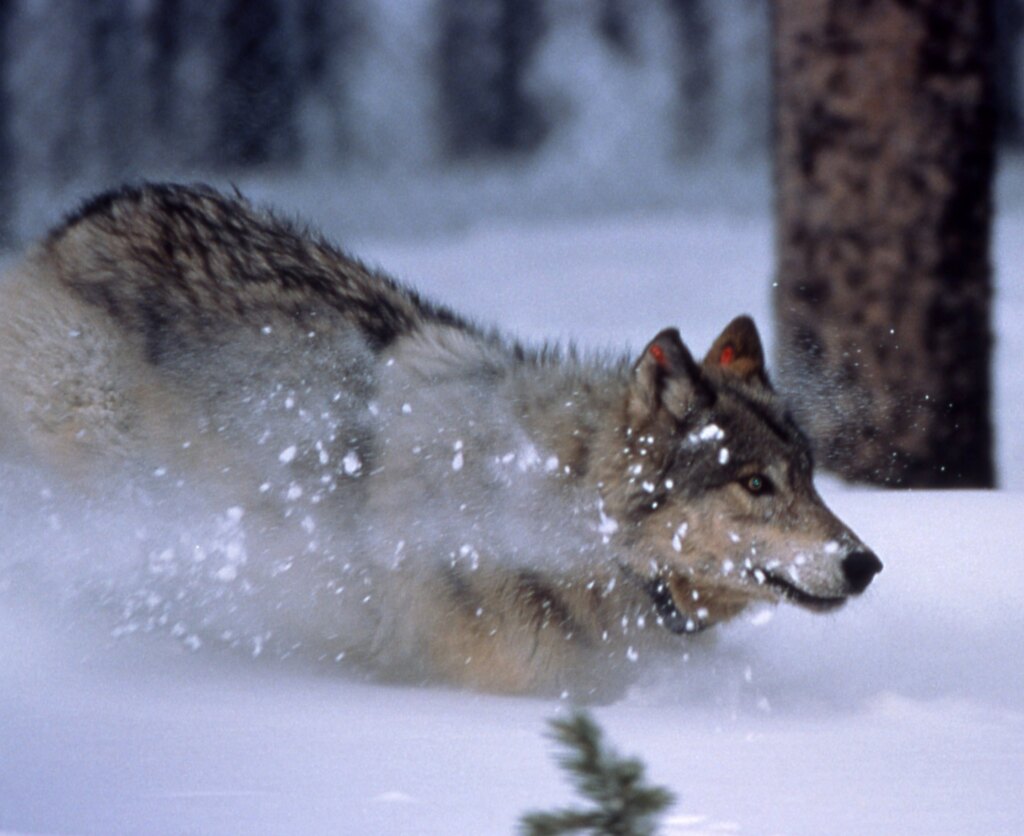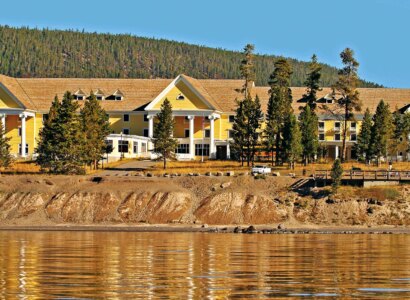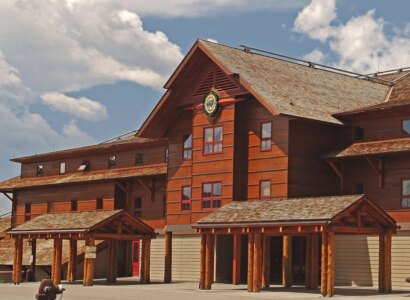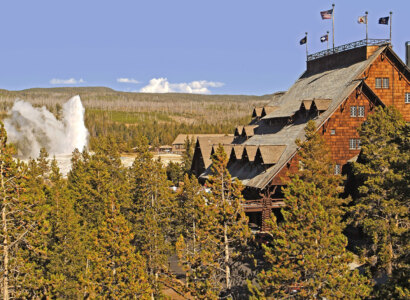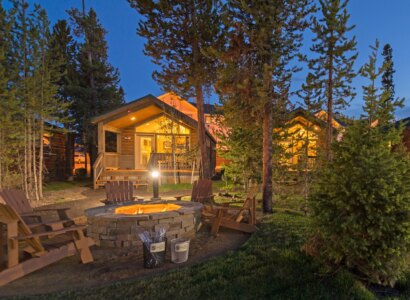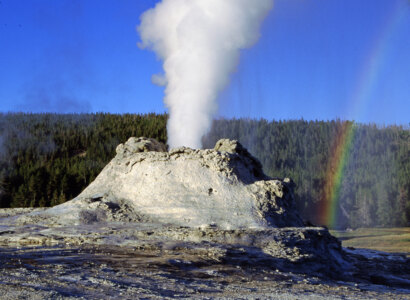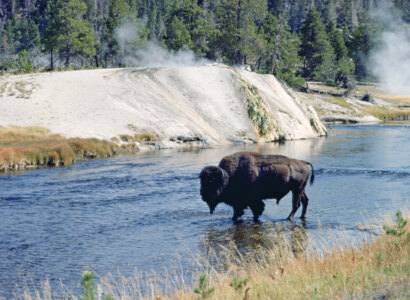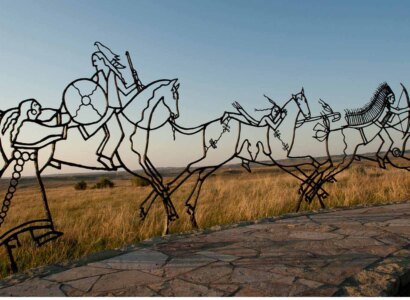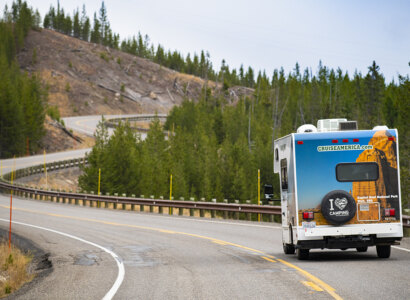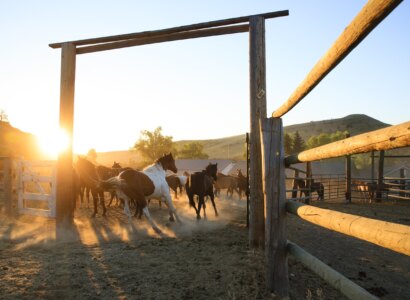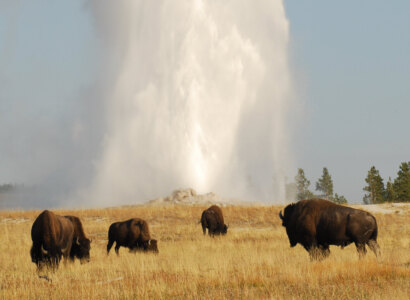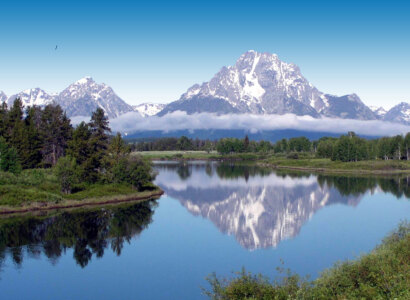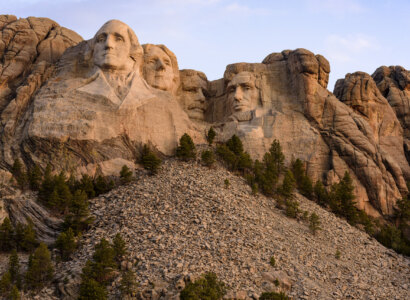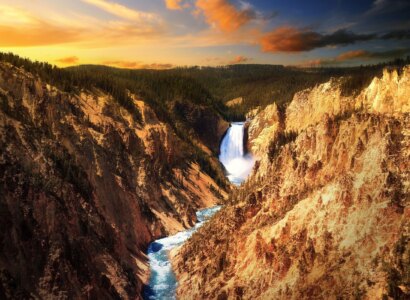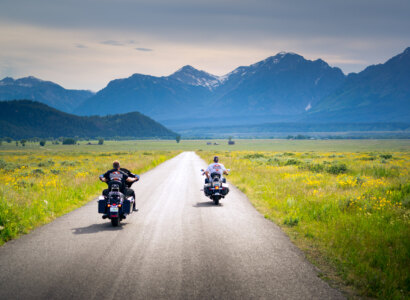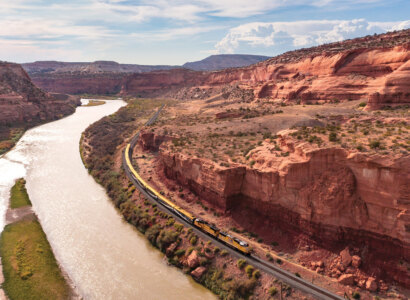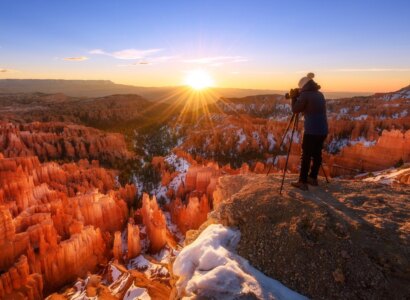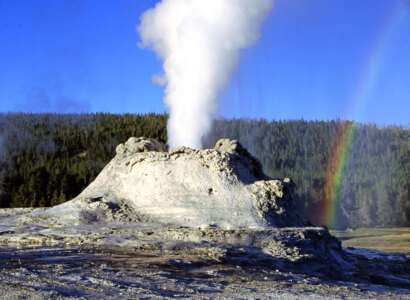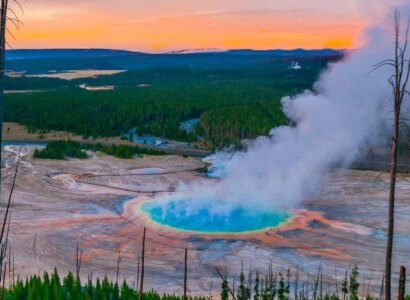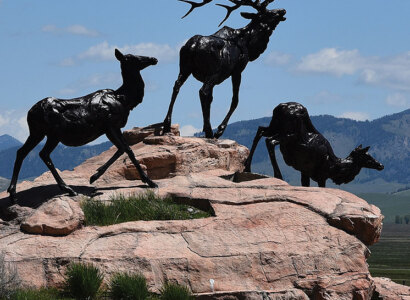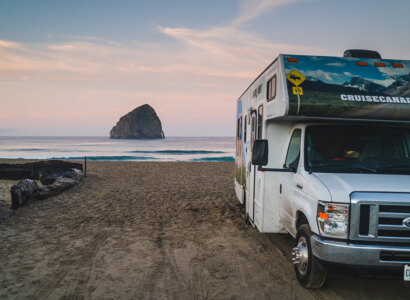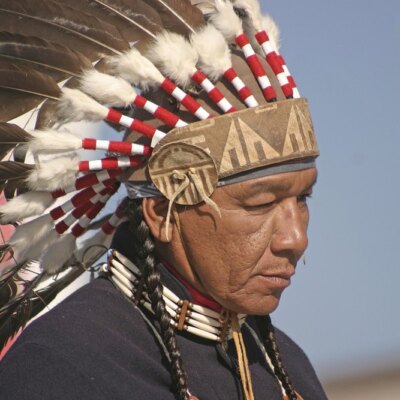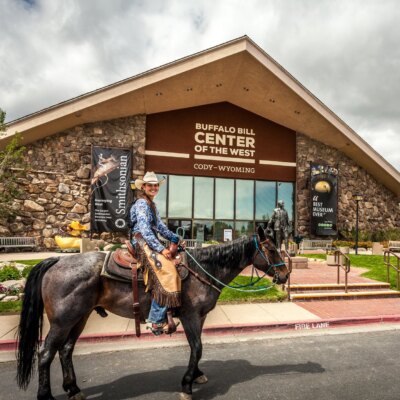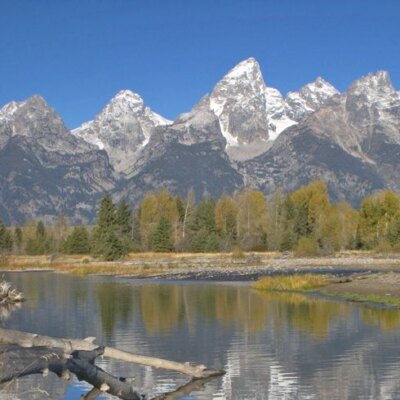The Restless Giant
Hot Springs are the most common hydrothermal features in the park. They vary from frothing mocha-like boiling water to clear and calm pools of tremendous depth. Surface water seeps underground, is heated by a deep source of magma, and rises to the surface as superheated water. Hot springs have no constrictions, so the water rises, cools and sinks freely.
Geysers erupt with steaming hot water. They are hot springs with narrow spaces in their plumping, usually near the surface. The constrictions prevent water from circulating easily to the surface where heat would escape. The deepest circulating water can exceed the surface boiling point. The Old Faithful area has the most famous geysers; some eruptions can be predicted.
Fumaroles (steam vents) are the hottest hydrothermal features in the park. The small amount of water in fumaroles flashes into steam before it reaches the surface. Fumaroles hiss, whistle, or thump if the steam pathway is restricted at the surface. They are easiest to see in cool weather.


